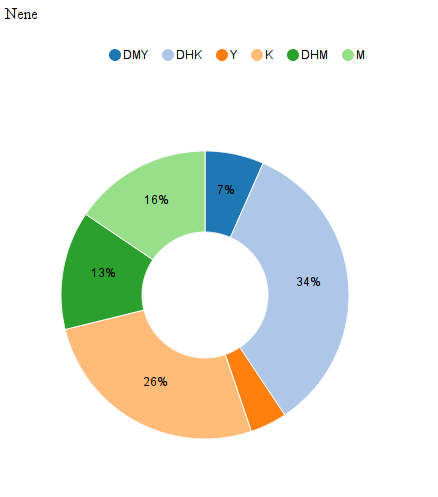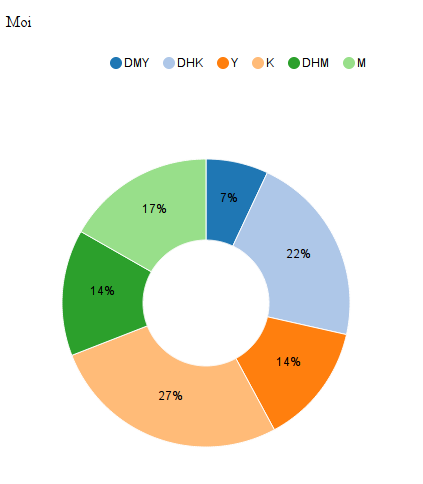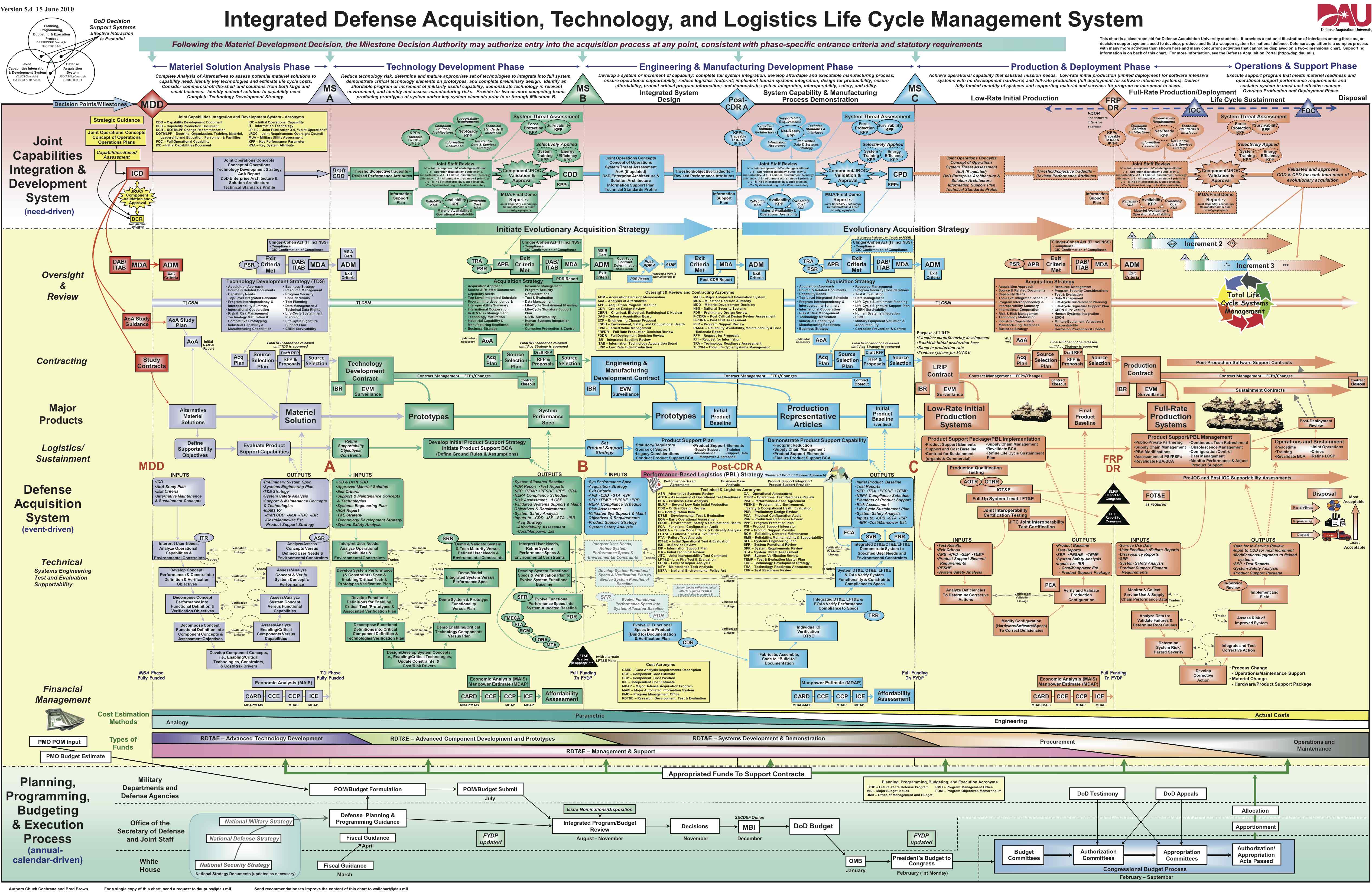kavadude
❦ॐ tanuki tamer
We throw around chemotypes a lot when talking about the effects we perceive a particular cultivar to have. This has always bothered me, largely because chemotypes only tell you the relative concentration of kavalactones. Now that @Deleted User is giving us absolute and not relative numbers for the kava we drink, there really ought to be a visual representation for kavalactone content.
Here is my first go, this is generated by a little javascript program. Once I get a representation that I like, I will release it in such a way that you can type in concentrations and it will give you a chart.


Right off the bat you can see the big difference in dihydrokavain and yangonin between these samples of Nene and Moi.
I'm also thinking of going back and performing word counts on particular kavas reviews (e.g. how much 'heady' occurs in reviews for a particular kava) and seeing if and how that relates to kavalactone content.
Here is my first go, this is generated by a little javascript program. Once I get a representation that I like, I will release it in such a way that you can type in concentrations and it will give you a chart.


Right off the bat you can see the big difference in dihydrokavain and yangonin between these samples of Nene and Moi.
I'm also thinking of going back and performing word counts on particular kavas reviews (e.g. how much 'heady' occurs in reviews for a particular kava) and seeing if and how that relates to kavalactone content.

